Steelcase sat down with spatial planning experts to discuss the journey towards more flexible work environments.
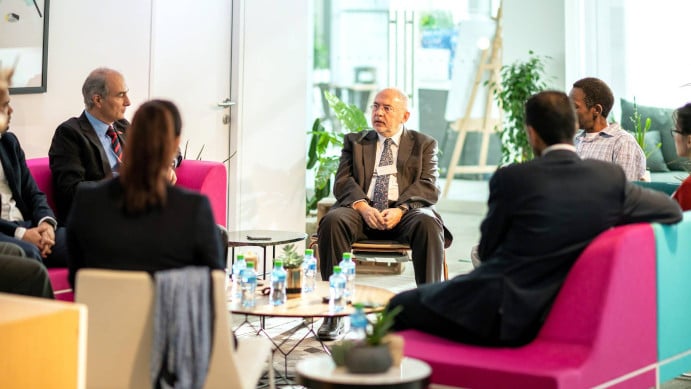
Work is changing. The pace is faster, expectations are higher and the desire to quickly innovate is bringing employees closer together, causing many organisations to knock down walls and create more open, flexible workspaces.
But, what happens when barriers are broken down, and suddenly employees are face-to-face with their peers and a completely new dynamic? How do different companies handle these culture shifts? And, what’s next for the workplace?
To explore these questions, Steelcase hosted a panel of real estate and space management experts from Ernst & Young, BASF, Mashreq Bank, and Schlumberger Technologies at its WorkLife Center in Dubai to discuss their experiences.
DRIVING FACTORS
“Our main drivers were efficiency and employee performance, which affect the output of the organisation,” says Ali Lalehparvar, head of facility management for MENA & Turkey at BASF.
When he started at BASF 25 years ago, Lalehparvar says everyone worked from cubicles or behind closed doors. The only time he interacted with peers was during the lunch hour, which he dubbed the Yogurt Club. Because of this isolation, it took him nearly a year to understand who everyone was on his team of almost 50 people.
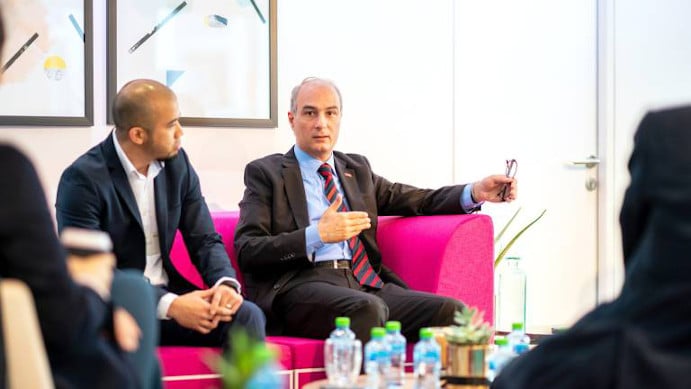
At Ernst & Young, Christina Zakoula, EMEIA design & construction leader for emerging markets, sees a culture change. As younger generations enter the workplace, she says they directly impact how the workplace looks and it’s important for organisations to acknowledge these differences. In addition, it’s critical for her team at Ernst & Young to design a space that accommodates different working styles.
“Many of our tax accountants work with their heads down while other teams like to meet as a team. So, we need to design spaces that address all of these needs. It’s definitely not one size fits all,” Zakoula says.
For Steelcase, senior vice president of Europe, Middle East and Africa, Guillaume Alvarez’s team focuses on three key objectives.
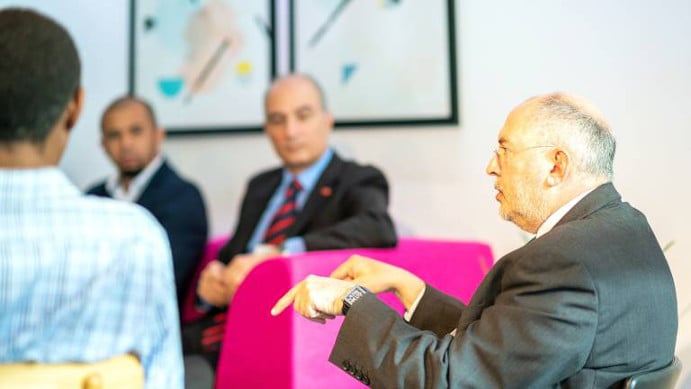
“With technology evolving so fast, you can’t take too long to come up with solutions. We want to increase time to market. Secondly, we want to increase employee engagement by giving them control over the organization of their space. And, we want to increase team collaboration,” he says.
CHALLENGES WITH CHANGE
“Change is brought on stronger and faster because of technology. Five years can change a lot. And, as younger age groups mix into the workforce, it can be a challenge because they’ve been exposed to different norms when it comes to use of technology,” says Ally S. Ally, senior architect & design lead at Schlumberger Technologies.
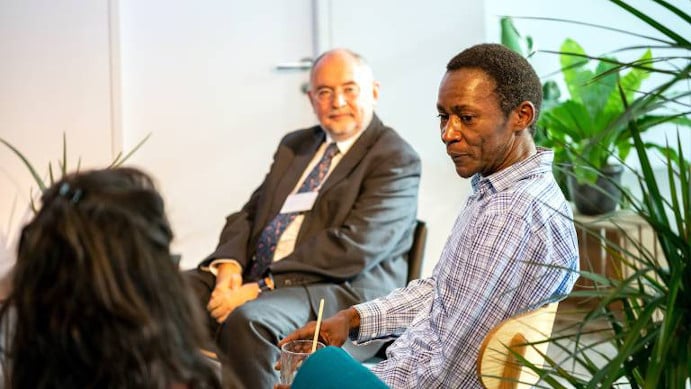
Lalehparvar echoes this sentiment. Over the past five years, he’s seen change in structure, people and technological requirements. He says the challenge falls on facility management to understand the organisation so they can create a workplace that adapts to these changing needs.
“Our challenge is to figure out how to implement the same work culture across all the various departments. Not everyone works as a multi-functional team, but some want to work together all the time. It’s very important to think about the work habits, the real estate space and the culture,” says Bassem Farid, head of corporate real estate and administration services at Mashreq Bank.
At Steelcase, Alvarez says in order to shift the culture, they had to start with leadership. So, they moved their leadership teams into an open space to work side by side with the rest of their team.
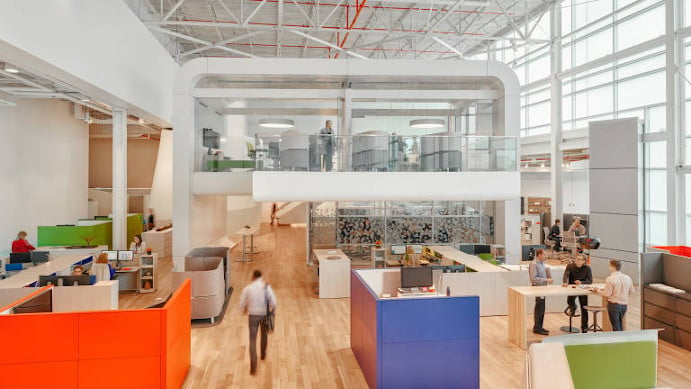
REACTING TO CHANGE
“Now, it feels like a big neighbourhood. Instead of thinking as departments, they’re working together to solve a problem. Everyone knows where to find the CFO, CIO, COO – even the CEO. It’s very transparent and accessible and has tremendously changed the way we work,” says Alvarez.
At BASF, Lalehparvar says without all the walls, his team is working more collaboratively and they’ve seen an improvement in performance which adds to the success of the business. And, when one former vice president turned down a private office, opting to sit with his team in the open space, he was able to problem solve and answer questions in a fraction of the time.
“Since joining the activity-based working environment, his email traffic decreased by 35-45 percent,” Lalehparvar adds.
WHAT’S NEXT?
“I’m very interested in the disruption coming from outsiders when it comes to office design, with so much innovation coming from design companies,” Zakoula says.
For Ally, it’s important to continue collaborating with furniture suppliers, designers and other external resources such as psychologists to help his organisation adapt to the ever-changing employee needs and technological advancements.
“We need to be reactive and be ready for change,” he says.
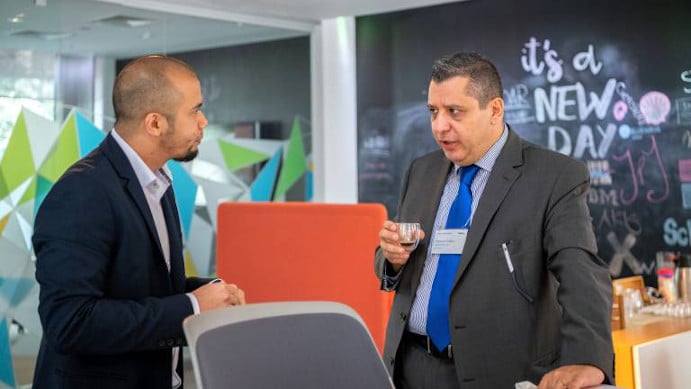
At Mashreq Bank, Farid says that actions speak louder than words. “When you empower people with a more supportive work environment and the tools they need to succeed, you send a very strong message,” he says.




.png)



